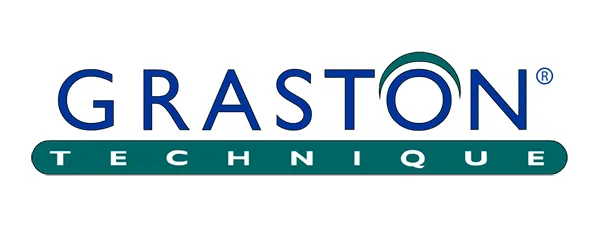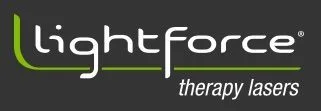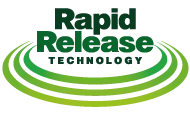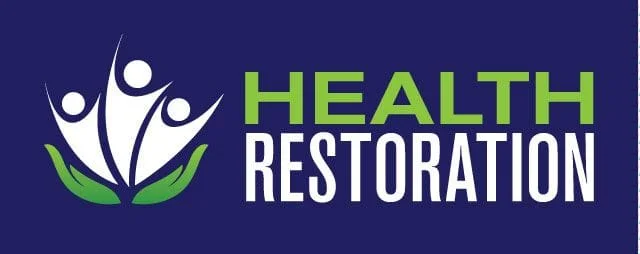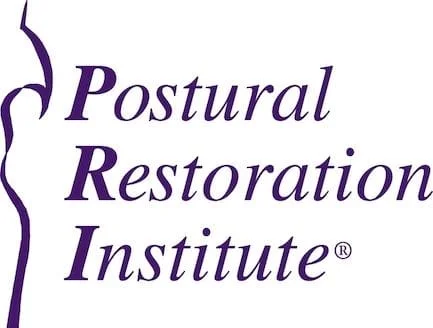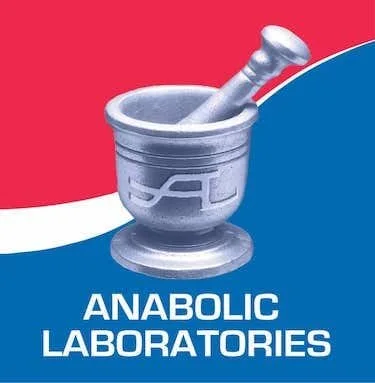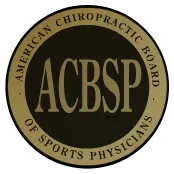by K.D. Christensen DC, CCSP, DACRB
With an aging and sedentary population, osteoporosis and its complications are affecting greater numbers of our patients. Initially, there is a reduction in bone mass (osteopenia), which is considered a universal phenomenon of aging. However, when the condition progresses to osteoporosis, bone strength is compromised, and fractures develop with trivial (or no) trauma. These fractures may affect the extremities, the hip, and the spine. While calcium intake and diet are very important, and hormone status is a major contributing factor, physical activity and exercise have been shown to provide significant protection from osteoporosis [1] and fractures. [2] As doctors of chiropractic, we have a duty to identify those patients who are at risk of fracture, and to provide exercise recommendations that will decrease that risk. And, very importantly, we can tailor their exercises to prevent the spinal complications of osteoporosis, such as kyphosis, vertebral wedging, and compression fractures.
Benefits of Exercise to Bone
As recalled from the principle known as Wolff’s Law, bone density and strength are a function of the magnitude and direction of the mechanical stresses that act on bone. Assuming the availability of necessary nutrients, stimulus to the osteoblasts results in a net gain in bone mass. Exercise is a form of repetitive loading that facilitates osteoblastic activity, thereby helping to maintain a positive balance between bone formation and bone resorption. [3] Even the very moderate amount of exercise that is recommended for general wellness (a minimum of 30 minutes on most days) is helpful in preventing osteoporosis. [4]
Exercise Types
Aerobic/endurance. Two of the most commonly recommended forms of exercise for the elderly are walking and swimming. While improved aerobic capacity is good for the cardiopulmonary system and is generally beneficial for most older patients, we mustn’t expect any skeletal improvement. Bone mineral density can be increased by walking, but only when it is done above the anaerobic threshold. [5] It is unlikely that most older women will be willing to walk at this intensity, especially those who have been sedentary. Women who participate in a regular swimming program have no significant difference in bone mass from women who don’t swim. [6] This is also true of a standard “weightbearing, water-based exercise program” (aquacise). [7]
Impact/weightbearing. In order to create sufficient stimulus to increase bone density, exercise needs to be weightbearing and have some impact. This doesn’t mean jumping off of chairs, but can be as simple as step-training (10 minutes stepping up and down from an 8 inch high step). [8] Caution should be used when recommending impact exercise to elderly patients, and orthotics with good support and shock absorption may need to be considered. Certainly, excellent shoewear is important.
In general, exercises are effective when done in an upright, weight-bearing position, since the entire body is in a closed-chain position during the training. The stabilizing muscles, the co-contractors, and the antagonist muscles all learn to coordinate with the major movers during movements that are performed during closed chain exercising (Fig. 1). This makes these types of exercises very valuable for the elderly — not just for increasing bone density, but also for preventing stumbles and falls.
Resistance/strength. Resistance training has been found to be safe and quite effective in increasing strength and function in the elderly. [9] Older patients make similar relative, but smaller absolute, strength gains when compared with younger adults. Weight training in a submaximal controlled, supervised situation can also preserve [10] and even increase [11] bone deposition. Strength training recommendations should be an integral part of chiropractic treatment for older and osteoporotic patients. Exercise tubing is an excellent tool for strength training of the elderly, since the risks of injury are minimized, and a spotter or expensive equipment is not needed (Fig. 2).
Spinal Osteoporosis
As doctors of chiropractic, we often encounter osteopenia and osteoporosis on our patients’ spinal x-rays. Of course, by the time changes are visible on x-ray, substantial bone loss has already occurred. The most common fractures due to osteoporosis are vertebral fractures, and yet less than a third of all vertebral fractures are clinically diagnosed. [12] Needless to say, these skeletal changes can have a significant impact on posture and our ability to handle subluxation complexes. Specific, corrective exercises should be recommended in order to relieve the postural strain on the spine and to prevent further wedging and compression fractures. Avoiding exercise is the worst approach to an aging patient with osteoporosis. Back strengthening exercise constitutes a powerful intervention for reducing pain and increasing functional capacity.
An important caveat must be addressed when designing an exercise program for patients with osteoporosis. Most importantly, the exercises should not worsen a patient’s condition. And this is certainly possible, since some of the commonly used back exercises may cause more fractures. For patients with spinal osteoporosis, the most harmful activity is that which places an anterior load on the vertebral bodies. Patient education must emphasize the dangers of lifting in flexion, and of performing flexion exercises. In fact, one exercise study [13] found an increase in new vertebral deformities when postmenopausal women performed flexion exercises (such as forward stretches and abdominal curls), while those who performed only spinal extension exercises had a significant reduction in the number of vertebral compressions.
Corrective Spinal Exercises
Spinal osteoporosis is often associated with poor postural support, specifically an increase in the thoracic kyphosis. This posture is secondary to many decades of flexed activities, and may be compounded by poor posture habits and tendencies to “slump.” One important factor in chiropractic treatment is the correction of any loss of the normal upright alignment of the pelvis and spine. In addition to general strengthening and coordination exercises, all patients (and especially the elderly) should be shown corrective exercises that are specific for the postural imbalances they have developed. The thoracic kyphosis of estrogen-deficient women has been found to be directly correlated with weakness of the back extensor muscles, [14] and increasing the back extensor strength has been shown to decrease the kyphosis. [15] In this instance, when the torso is carried flexed forward, the patient will need to retrain the extensor muscles of the spine with isotonic resistance exercises. As stated previously, this is most effective when done in an upright, weightbearing position.
Conclusion
A well-designed exercise program can improve posture, help to reduce bone loss, and prevent fractures, while also reducing symptoms. Exercises performed with the spine upright (standing or sitting) can specifically train and condition all the involved structures to work together smoothly. For some elderly patients, orthotic support will be necessary to reduce shock and ensure correct alignment of the lower extremities during weightbearing exercises such as walking. The end result is an effective rehab component for osteoporosis and aging patients who will make a rapid response to their chiropractic care. Now we understand how important it is for our exercise recommendations to provide for strengthening of the spinal support mechanisms to prevent kyphosis and compression fractures in our elderly patients.
References
1. Chien MY, Wu YT, Hsu AT et al. Efficacy of a 24-week aerobic exercise program for osteopenic postmenopausal women. Calcif Tissue Int. 2000; 67:443-448.
2. Campbell AJ, Robertson MC, Gardner MM et al. Randomised controlled trial of a general practice programme of home based exercise to prevent falls in elderly women. Br Med J. 1997; 315:1065-1069.
3. Pirnay FM. Bone mineral content and physical activity. Int J Sports Med. 1987; 8:331-335.
4. US Dept. of Health and Human Services. Physical Activity and Health: A Report of the Surgeon General. Atlanta: 1996.
5. Hatori M, Hasegawa A, Adachi H et al. The effects of walking at the anaerobic threshold level on vertebral bone loss in postmenopausal women. Calcif Tissue Int. 1993; 52:411-414.
6. Orwoll ES, Ferar J, Oviatt SK et al. The relationship of swimming exercise to bone mass in men and women. Arch Intern Med. 1989; 149:2197-2200.
7. Bravo G, Gauthier P, Roy PM et al. A weight-bearing, water-based exercise program for osteopenic women: its impact on bone, functional fitness, and well-being. Arch Phys Med Rehabil. 1997; 78:1375-1380.
8. Chien MY, Wu YT, Hsu AT et al. Efficacy of a 24-week aerobic exercise program for osteopenic postmenopausal women. Calcif Tissue Int. 2000; 67:443-448.
9. Fiatarone MA, Marks EC, Ryan ND et al. High-intensity strength training in nonagenarians: effects on skeletal muscle. JAMA. 1990; 263:3029-3034.
10. Nelson ME, Fiatarone MA, Morganti CM et al. Effects of high-intensity strength training on multiple risk factors for osteoporotic fractures. JAMA. 1994; 272:1909-1914.
11. Kerr D, Ackland T, Maslen B et al. Resistance training over 2 years increases bone mass in calcium-replete postmenopausal women. J Bone Miner Res. 2001; 16:175-181.
12. Ross PD. Clinical consequences of vertebral fractures. Am J Med. 1997; 103:30S-43S.
13. Sinaki M, Mikkelsen BA. Postmenopausal spinal osteoporosis: flexion versus extension exercises. Arch Phys Med Rehabil. 1984; 65:593-596.
14. Sinaki M, Itoi E, Rogers JW et al. Correlation of back extensor strength with thoracic kyphosis and lumbar lordosis in estrogen-deficient women. Am J Phys Med Rehabil. 1996; 75:370-374.
15. Itoi E, Sinake M. Effect of back-strengthening exercise on posture in healthy women 49 to 65 years of age. Mayo Clin Proc. 1994; 69:1054-1059.
About The Author
Kim D. Christensen, DC, CCSP, DACRB, is codirector of the SportsMedicine & Rehab Clinics of Washington, and current president of the American Chiropractic Association Rehab Council. He can be reached at Chiropractic Rehabilitation Association, 18604 NW 64th Avenue, Ridgefield, WA 98642 or via email: [email protected].
[captions for illustrations]
Fig. 1. Hip extension exercise
Fig. 2. Exercise tubing: an ideal tool for elderly/osteoporotic patients
Related posts:














